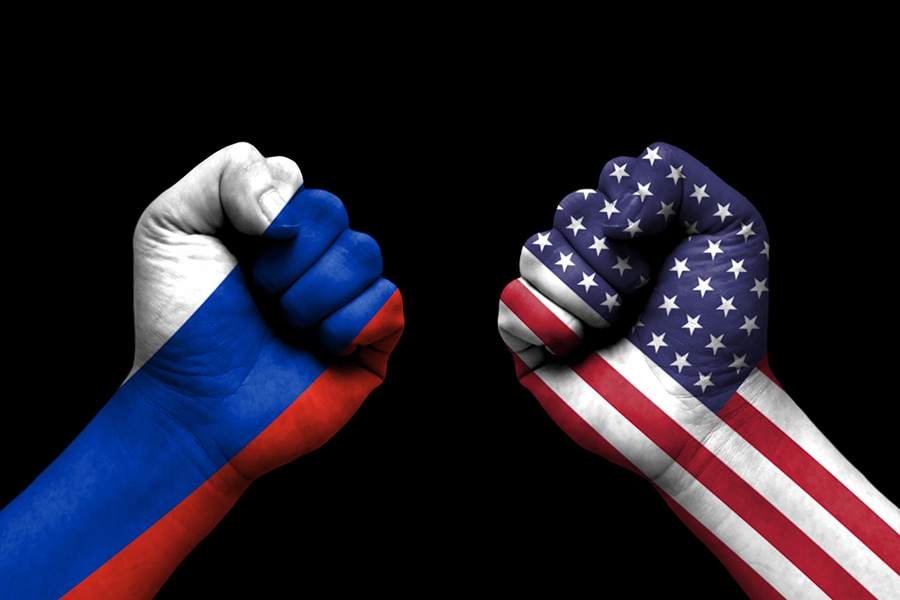
Trump’s policies reveal a narrative shift where Russia is not viewed as a permanent security threat and the focus would be on containing China.
Author
Anuradha Chenoy, Jindal Global University, India; Transnational Institute, Netherlands
Summary
US President Donald Trump has initiated a significant shift in international geopolitics by pursuing peace in Ukraine and resetting relations with Russia. This move, starting with a 90-minute phone call to Russian President Vladimir Putin, has led to high-level meetings between the US and Russia, as well as between Trump and European allies, including Ukraine. Trump’s plan, outlined by US Defense Secretary Pete Hegseth, involves unrealistic expectations of Ukraine returning to its pre-2014 borders and no NATO membership. Instead, security guarantees would be backed by European and non-European troops, excluding NATO troops.
The US and Europeans have differing interests, with the US prioritizing economic gains and containment of China. Trump proposed a deal to Ukraine’s President Volodymyr Zelensky, requiring Ukraine to agree to US peace terms and repay $350 billion in defense assistance, potentially in exchange for US access to Ukraine’s rare earth minerals. The EU is now making alternative plans, including a 100-year security partnership between the UK and Ukraine, which includes £3 billion in annual aid and partnership in defense, energy, and critical minerals. Russia has made it clear that there will be no ceasefire until its terms are accepted, including a demilitarized buffer zone and lifting of sanctions. Trump’s moves have created a paradigm shift in US imperialism, reconfiguring global forces and sparking a complex web of negotiations, pressures, and compromises
Published in: Economic and Political Weekly
To read the full article, please click here.

